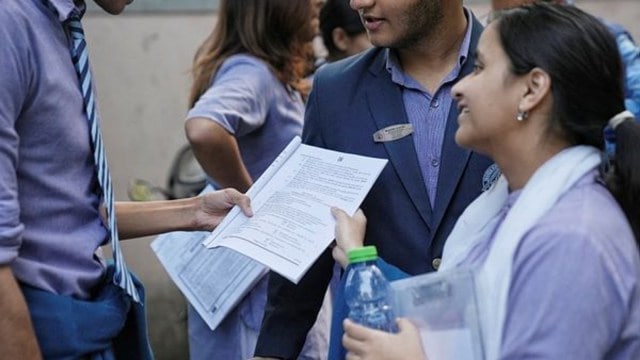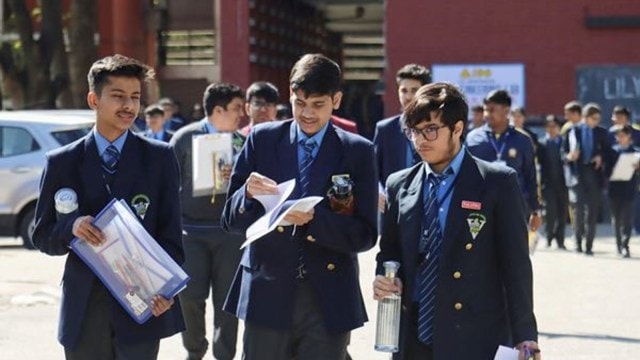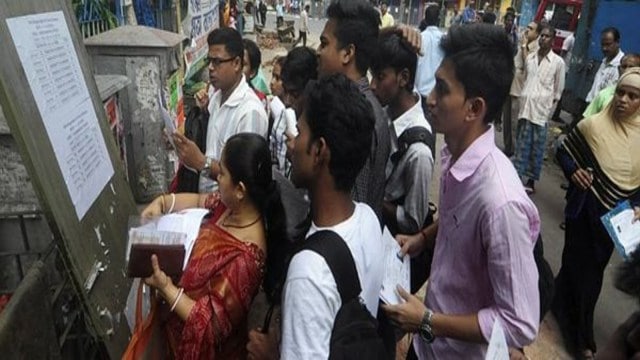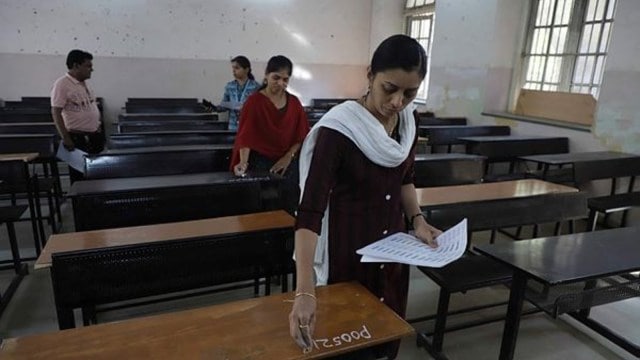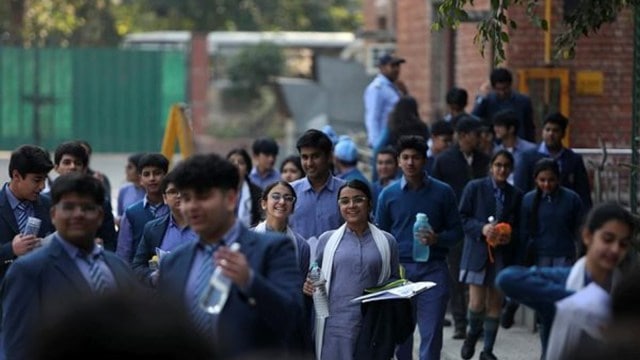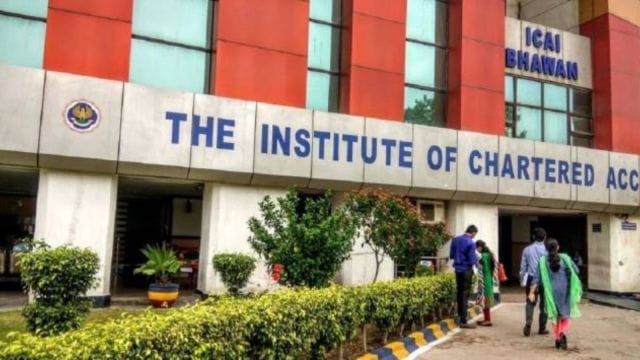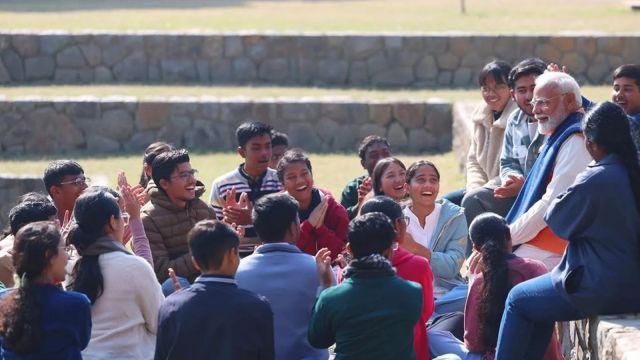
Long arc of Advani journey: Ayodhya Yatra to BJP architect, Vajpayee No. 2 to fade-out
The 96-year-old BJP stalwart and ex-deputy prime minister L K Advani has been awarded India’s highest civilian honour, the Bharat Ratna, Prime Minister Narendra Modi announced on Saturday.
In a statement on X, PM Modi said, “I am very happy to share that Shri L K Advani ji will be conferred the Bharat Ratna. I also spoke to him and congratulated him on being conferred this honour. One of the most respected statesmen of our times, his contribution to the development of India is monumental.” The PM also, “His is a life that started from working at the grassroots to serving the nation as our deputy Prime Minister. He distinguished himself as our Home Minister and I&B minister as well. His Parliamentary interventions have always been exemplary, full of rich insights.”
The announcement of the Bharat Ratna for Advani comes days after the consecration of the Ram Temple in Ayodhya, for which the Ram Janmabhoomi movement was launched by the BJP that was spearheaded by Advani through his Rath Yatra in 1990. The BJP had for the first time backed the Ram Temple movement in 1989 with the Palampur resolution when Advani was the party president.
Although Advani could not attend the Ayodhya Temple’s consecration ceremony citing age and the weather, but he wrote an article in Rashtra Dharma to mark the occasion.
In his prime, Advani, whose political career spanned several decades, was a remarkable politician who built his party from a small political outfit to a major national player that could challenge the Congress. He metamorphosed from a BJP organisation man to a mass leader after 1980s, courting controversies and giving his party the thrust to burst onto the national scene, thus converting India into a two-party democracy.
A Partition refugee from Sindh, Advani had joined the RSS as a young man. He later joined the Jana Sangh and worked in close coordination with Atal Bihari Vajpayee. Together, the two built the party brick by brick. If Vajpayee was the flamboyant orator, Advani was the organisation man who always showed he had an eye for spotting talent.
Vajpayee and Advani in tandem toned down the far-right rhetoric of the Jana Sangh in the 1960s to weave alliances with the Opposition parties in a bid to defeat what seemed to be an invincible Congress since 1952. The first alliance with the socialists and Swatantra Party was strung together in the 1963 by-elections for four Lok Sabha seats, with the parties agreeing to field a single candidate on all four. The anti-Congress alliance won three of these seats, with Deen Dayal Upadhyaya being the only losing candidate. Socialist leader Ram Manohar Lohia won his Lok Sabha election as a common Opposition candidate.
In 1967, the Jana Sangh, socialists, Swatantra and communists formed the Samyukta Vidhayak Dal (SVD) governments in many states, depriving the Congress of power for a brief while in these states. But these governments proved unstable and soon fell.
In 1971, another grand Opposition alliance was stitched up to defeat then PM Indira Gandhi – by this time Chaudhary Charan Singh had broken with the Congress and joined the Opposition alliance – but failed miserably, as Indira was riding a wave on the back of Indira’s ‘garibi hatao (remove poverty)’ slogan.
Despite the loss, Advani’s career had begun to flourish. He became a Rajya Sabha MP for the first time in 1970, turning from a backroom party man to a parliamentarian. He would go on to complete four terms in the Rajya Sabha. His mass phase, however, was still far away.
When Indira imposed the Emergency in the country in 1975, Advani was imprisoned in a Bengaluru jail. Once the Emergency was lifted and fresh elections were announced early in 1977, the Jana Sangh, socialists, Lok Dal and Congress (O), which was formed in 1969 when the Congress split, merged into the Janata Party and defeated the Congress. Advani became the Union minister for Information and Broadcasting and eased many restrictions imposed on the press during the Emergency.
Once the Janata Party split on account of its ideological contradictions, the BJP was formed on April 6, 1980, with Advani as a founder member, working under Vajpayee, who was appointed as the party president.
Vajpayee tried to move the party in a direction of moderation – talking about Gandhian socialism and the legacy of Jaya Prakash Narayan – at a time when Indira, now back in power, was quietly taking a right-of-centre turn and taking a hard line on Khalistani militancy. Her assassination in 1984 led to riots and a wave of mass sympathy for her son Rajiv Gandhi, under whose leadership the Congress again stormed to power in the 1984 Lok Sabha polls.
Vajpayee was soon replaced by Advani as BJP president.
As the PM Rajiv Gandhi had a tough time due to the Shah Bano controversy and the Bofors scandal. The BJP and the Janata Dal led by V P Singh, who had made Bofors a major issue, made seat-sharing arrangements in the 1989 Lok Sabha elections. The Congress lost the majority, though still remaining the single-largest party. V P Singh became the Prime Minister with outside support from the BJP and the Left.
The running feud between V P Singh and his deputy PM Devi Lal led to the former gaining the edge by announcing the implementation of the Mandal Commission report to provide 27% reservation in central government jobs to the Other Backward Classes (OBCs).
In 1989, the BJP under Advani took a decisive ideological line. It gave up Gandhian socialism as the motto Vajpayee had been earlier promoting, and supported the Ram Janmabhoomi movement of the RSS and VHP through the Palampur resolution of 1989, which called for the site to be handed over to Hindus either through a negotiated process or legislation. The party had openly embraced Hindutva. Advani followed this up with a Rath Yatra from Somnath to Ayodhya from September 25, 1990.
The Yatra became a roaring success, polarising society along religious lines. There were riots in many places. Advani, who was arrested by Lalu Prasad’s government when his Yatra reached Samastipur in Bihar, became an instant mass leader, overshadowing Vajpayee.
This made Advani a key Lok Sabha face for almost the next two decades. He won from Delhi and Gujarat, the latter offering him multiple victories. After winning his first Lok Sabha election in 1989, he went on to become a seven-term Lok Sabha MP.
However, with the party becoming ‘untouchable’ in the wake of the demolition of the Babri Masjid in Ayodhya in 1992, it required the moderate face of Vajpayee once again. Using his gift of speech to perfection, Vajpayee defended the BJP several times in Parliament.
Advani surprised many by announcing that Vajpayee would be the face of the BJP for the 1996 Lok Sabha elections. The BJP continued to rise, forming governments for 13 days, 13 months and then six years, all under Vajpayee, between 1996 and 2004, with a 1996-98 hiatus in between. Advani now became the No. 2, playing the role of Deputy PM and Union Home minister.
After Vajpayee lost power in the 2004 Lok Sabha polls and his health began to deteriorate, Advani tried to step into his shoes. In 2005, he created controversy by calling Muhammad Ali Jinnah “secular” during a visit to Pakistan. The RSS was not happy and Advani had to resign as the BJP president.
However, what Advani was trying from now on was to cultivate an image of moderation so as to be acceptable to allies for the 2009 Lok Sabha elections. But he was stumbling while trying his image makeover. In 2009, the BJP lost badly with Advani as its PM candidate, winning just 116 seats. The Congress won 206 seats, its highest tally since 1991.
Advani tried to remain at the centre stage as the BJP appointed Nitin Gadkari and then Rajnath Singh as party president. But then Gujarat Chief Minister Narendra Modi was rising, even as Advani’s stock was rapidly falling. Advani was introduced as ‘Param Shraddheya (most venerable)’ in public meetings, and he would reminisce about his long political journey, repeatedly saying ‘mujhe smaran hai (I remember)’ and clutching both his hands in his trademark style, but he was slowly but surely approaching his political sunset. He had already lost the Leader of Opposition position to his protege Sushma Swaraj. He was soon to lose the chance to be the party’s face for the 2014 Lok Sabha polls, as Modi was first made the campaign committee coordinator and, soon afterwards, declared the party’s PM face for the elections.
With the Congress facing massive anti-incumbency over corruption charges, Modi stormed to power in 2014. Advani, still a Lok Sabha MP, was to soon lose his place in the BJP’s Parliamentary Board, the party’s highest decision-making body, and was accommodated in a new body called the Margdarshak Mandal. In 2019, he did not get a Lok Sabha ticket from the party. His political dusk had finally arrived.
Advani, a man who showed immense physical energy even up to a ripe old age and led a disciplined life, gradually disappeared from the public view. He stopped taking requests for appointments from journalists.
With the conferring of the Bharat Ratna on Advani, the Modi government has feted the man who changed the course of India’s political journey.

 Posts
Posts Sign up as a Teacher
Sign up as a Teacher